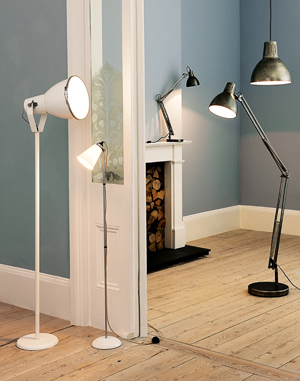Latest Interiors: the benefits of real wood flooring
Knock on wood
Natural wood flooring is hardwearing, practical, and beautiful. Choose the right product, and it can also be one of the most eco-friendly floor coverings, too. The simplest – and cheapest –choice for a real wood floor can be to sand, stain or varnish existing floorboards. This is an option if your floorboards are in good condition, and you don’t mind the mess and hard graft of sanding and finishing. If one or two boards are beyond renovation, they can be replaced with new or reclaimed wood – be careful to select a stain or varnish that blends new boards in with old.

Wonderful wood
New wooden flooring falls into two main categories: Engineered or wood-laminate flooring consists of a plywood base with a coated veneer of real wood on top, and is usually cheaper than solid wood. Engineered boards can be laid on top of existing wood or concrete floors. The second choice is a solid hardwood floor – solid timber planks that can be laid straight onto joists or on top of existing wooden floors, which come either pre-finished (sanded and treated) or unfinished.
Many types of floor are not suitable for ‘wet’ areas like showers or bathrooms. Take care in kitchens or utility areas to ensure that appliances are kept leak-free, or lay a damp-tolerant floor such as bamboo. If in doubt, seek professional advice.
Choose a sustainably sourced hardwood that can be re-sanded, and it should give you a lifetime of faithful service.
Fine finishes
One of the best things about wooden flooring is the sheer variety of finishes and textures. French oak remains a popular floor finish. Other stunning finishes include very dark woods – like acacia, black or ‘smoked’ oak and walnut (or you can cheat by using a dark floor stain).
Single-strip flooring – with one ‘strip’ per plank – generally gives a cleaner, more ‘authentic’ finish than two- or three-strip boards – for a pared down, rustic look very narrow-width (83mm or below) planks and smaller sized strips (in raw, ‘unfinished’ oak) are in this season, and look great with plain brick walls.
Whatever wood you choose, look for FSC (Forest Stewardship Council) certification, which tells you that the wood comes from a sustainable source. Eco-friendly, versatile, and beautiful – why wouldn’t you choose wood?




















